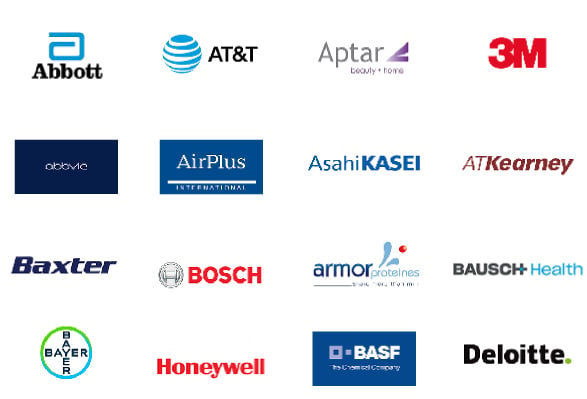However, high raw material costs remain a major challenge, restricting wider applications of composites. Volatility in the prices of polymers and resins can negatively impact adhesive suppliers. Stringent environmental regulations around VOC emissions pose another restraint.
On the positive side, development of bio-based and recyclable adhesive formulations present lucrative opportunities. Ongoing Research & Deveopment towards adhesive technologies specialized for composite repair and maintenance will support aftermarket sales. Growing composite usage in marine and infrastructure also opens new avenues.
Global Composite Adhesive Market Drivers:
Global Composite Adhesive Market Opportunity:
New product innovations in Composite Adhesive Market
Innovations can provide tremendous opportunities for growth in the global composite adhesive market. Composite materials that use adhesives are being used in a wider range of applications, such as in automotive, aerospace, and construction industries. This is driven by the need for lighter and stronger materials that composite adhesives can provide. As composite materials grow in popularity due to their performance benefits over traditional materials, the demand for advanced adhesive technologies to bond these new composites will also increase substantially.
Research and development of adhesive formulations that can withstand higher temperatures, pressures, impacts, and varying environmental conditions will unlock new applications. For instance, the automotive industry is constantly seeking new ways to reduce weight and improve fuel efficiency, and composite adhesives that can withstand higher temperatures, pressures, and impacts are essential for achieving these goals. Research and development efforts have led to the introduction of high-performance adhesives that can withstand extreme conditions, such as high-temperature silicone adhesive formulations for attaching lightweight ceramic insulations to rigid substrates and the development of new adhesive formulations that can withstand varying environmental conditions is expected to unlock new applications in the construction and infrastructure industry, where durable and reliable adhesives are required to meet the demands of expanding construction projects. Therefore, the research and development of advanced adhesive formulations that can withstand extreme conditions is crucial for unlocking new applications in various industries, including the global composite adhesive market.
Emerging applications in the marine and wind energy industries
Marine and wind energy industries present a promising opportunity for growth in the global composite adhesive market. As concerns over climate change intensify, renewable energy technologies are gaining more attention and investment globally. This trend is expected to drive significant demand for composite adhesives that can be used in the construction of marine vessels and wind turbines utilized in clean energy generation.
Composite materials offer various advantages over traditional metals like steel or aluminum, such as a higher strength to weight ratio, greater corrosion resistance, and lower maintenance. This makes them an attractive choice for building structures and components that will be exposed to corrosive marine environments or the stresses of offshore wind farms. Composite adhesives are critical to bonding different composite components together and providing joints that can withstand heavy loads and harsh operating conditions over long lifetimes. As the marine and offshore renewable energy sectors expand, supported by government incentives and policies, there will be a growing need for high-performance adhesive technologies.
Global Composite Adhesive Market Restraints:
VOC emissions from composite adhesives are linked to increased air pollution and the formation of ground-level ozone, both of which contribute to climate change. Many developed economies, like those in the European Union and North America, have implemented some of the most rigorous VOC controls through their environmental protection agencies. For instance, the US Environmental Protection Agency has classified certain VOCs as hazardous air pollutants and imposed low concentration limits for their use under the Clean Air Act. In the EU, the Registration, Evaluation, Authorization and Restriction of Chemicals (REACH) regulation has put a cap on VOC emissions from adhesives and sealants used in various applications.
The tightening of VOC norms has encouraged composite adhesive producers to invest heavily in research and development of more environment-friendly adhesive formulations. Water-based adhesive systems have gained prominence as a viable low-VOC alternative for wood working and automotive composite applications. However, transitioning to new technologies has increased production costs for the industry.
Joining thousands of companies around the world committed to making the Excellent Business Solutions.
View All Our Clients